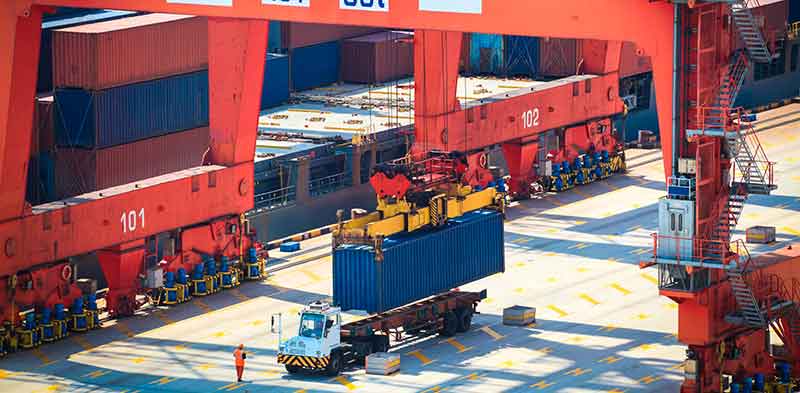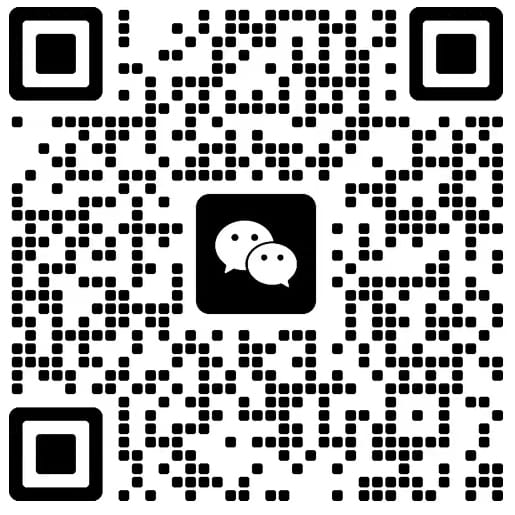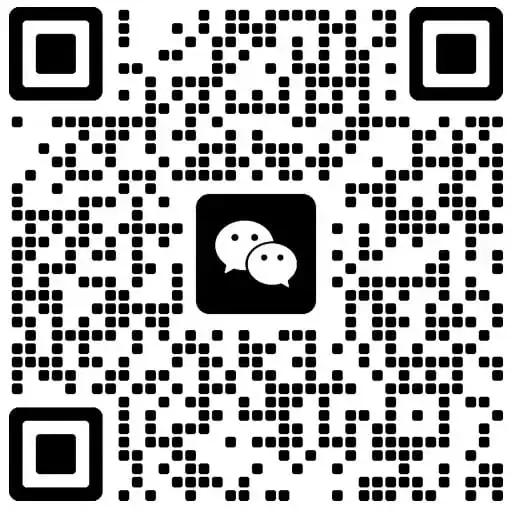Were you aware that the U.S. Customs and Border Protection (CBP) provides a duty drawback program? Through this initiative, businesses can seek reimbursement for customs duties paid on imported goods to save costs.
In the following section, we will discuss the customs duty drawback, exploring its definition, eligibility criteria, application process, and documents required.
What is the customs duty drawback?
A duty drawback is the reimbursement of specific duties and taxes levied on the importation of goods initially when these goods are exported or destroyed. The refund amount for the paid duties can be up to 99%, depending on the specific circumstances.
The primary purpose of duty drawback is to prevent double taxation on the same goods. Additionally, it plays a crucial role in promoting exports by enhancing the competitiveness of imported goods.
To qualify for duty drawback, your goods must meet one of the following conditions outlined in the Customs Act, 1962:
- The goods must remain unused since their initial importation
- They should be used or incorporated into other products intended for export
- The imported goods must be re-exported within two years from the date of duty payment upon importation
However, if the value of your exported products is lower than the imported goods, you may not claim a customs duty drawback.
Types of duty drawback
There are common types of custom-duty drawbacks designed to accommodate different trade scenarios. Here’s a detailed classification with duty drawback examples:
Direct identification manufacturing drawback
It means importing raw materials or components and incorporating them into the manufacturing process to produce goods for export. Then you can recover the paid duty.
For example:
Your firm brought in 1,000 kg of new electronic components, incurring $2,000 ($2 per kg) in customs duties. After shipping these components to a U.S.-based factory from China, you assembled 1,000 smartphones destined for international export.
Given the direct identification of the electronic components within the finished product, you are eligible to apply for a duty drawback of 99%. It translates to a refund of $1,980 on your exported shipments.
Substitution manufacturing drawback
You can claim this duty drawback when imported materials are replaced by identical or similar domestic materials in manufacturing exported goods.
Example:
Your company paid customs duties amounting to $2,000 upon importing 1,000 kg of new electronic components. Then, you may combine these components with other identical or comparable domestic materials to create 1,000 exported smartphones.
Because the components are substituted with akin domestic counterparts in the final product, you qualify for claiming a duty drawback on your exported shipments. This eligibility remains valid irrespective of whether you use the imported items directly in the final export products production.

Unused merchandise direct identification drawback
It is a type of duty drawback where imported goods that have been unused and remain in their original condition are exported, and the duties paid on those goods are refunded.
Let’s illustrate with the previous example:
Suppose your company imports 1,000 kg of electronic components to the USA and fulfills the necessary duty payments. Later, you export this batch of identical electronic components without any alterations. You can still seek duty drawback in this scenario.
Unused merchandise substitution drawback
When identical or similar domestic items replace unused imported merchandise before export, you can recover duties paid on imported goods.
For example, let’s consider a scenario where you import electronic components and pay the essential duty payments in line with applicable customs regulations.
Due to a shift in production requirements or other factors, you opt to utilize domestically sourced items similar to the imported ones. You can then apply for a duty drawback when exporting the unused (substituted) merchandise.
The customs duty drawback process
Apart from the above goods qualification mentioned, it is crucial to determine whether your situation qualifies for duty drawback rules.
- You should be the original importer of record.
- You must have settled all relevant duties, taxes, and fees.
- You either retain possession of the exported merchandise or possess adequate evidence demonstrating that you exported this said product.
Once meeting these criteria, you can claim customs duty drawback by submitting the needed documents to the relevant customs authority. For example, if you ship to the United States and do later export, you should file a claim with the CBP.
This application should comprise evidence substantiating the imported items used in the exported goods production, along with guidance on methods to identify this merchandise.
For exports accompanied by an electronic shipping bill, duty drawback can be directly recovered using the shipping bill. However, a duplicate of the shipping bill can be the basis for the drawback process for exports lacking electronic bills.
If you fail to furnish the critical documents, the claim might be put on hold, while the export shipment proceeds as planned.
Please be aware that all duty drawback claims need notification before exportation due to potential inspections. Noticing these procedures and complying with the requirements ensures a smoother and more successful customs duty drawback process.
Required documentation
Customs entry documents: Submit documents filed with the customs authorities during the import process, including entry forms and declarations.
Proof of import: Offer an import invoice or packing list containing comprehensive information about your cargo, including the HS tariff classification and import value.
Evidence of duty paid: Substantiate that you have fulfilled all required duties and taxes by furnishing a Certificate of Delivery (like customs form 7552).
Production records: Include all details outlining the manufacturing process, specifying how the production of exported goods utilized the imported items.
Proof of exportation: Provide documents like the bill of lading, sales or commercial invoices, or other related paperwork to prove that you have exported these goods.
Proof of destruction or return: If the exported cargo is not used in production and is destroyed or returned, you should offer documentation, like Certificates of Destruction, to confirm this action.
Tips for claiming duty drawbacks
- Submit your duty drawback claim within five years from the date of importing the goods.
- Claimants must electronically file for duty drawback according to the TFTEA regulation.
- Upon approval of your claim by the CBP, you can use the Accelerated Payment Privilege if applicable. It allows you to receive your duty drawback refund in a shortened timeframe, typically within 4-6 weeks.
- Keep related documents for at least three years after a duty drawback claim settlement, such as invoices, shipment receipts, cash receipts, production documents, and exportation records.
Choosing Airsupply as your shipping partner enables you to access more detailed and accurate documentation, facilitating a smoother duty drawback process.
At ASLG, we provide customized solutions to meet your specific requirements, ensuring flexibility. Whether importing from China or exporting overseas, our expertise guarantees seamless customs clearance and delivery.
With ASLG, you can trust that your shipments, including dangerous goods, will be handled with the utmost care and adherence to all necessary guidelines.
People always ask:
How long does it take to get a duty drawback refund?
The duty drawback process typically takes a few weeks to four months or more. The duration depends on various factors, such as the complexity of the claim, the efficiency of customs authorities, and the accuracy and completeness of the provided documentation.
How much is the duty drawback refund?
The type of drawback claim filed (e.g., All Industry Rate or Brand Rate) can impact the refund amount. All Industry Rates are standard rates for a category of goods, while Brand Rates are specific to individual exporters.
Which goods are eligible for duty drawback?
- Returned goods
- Waste or scrap materials
- Items assembled or repaired
- Rejected or defective cargo
- Certain agricultural products
- Unused or surplus merchandise
- Goods used in manufacturing for export
- Goods exhibited at trade shows or exhibitions




